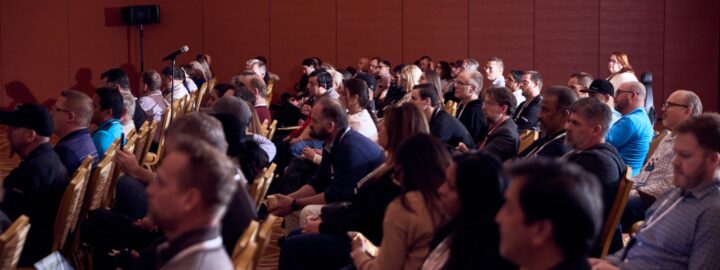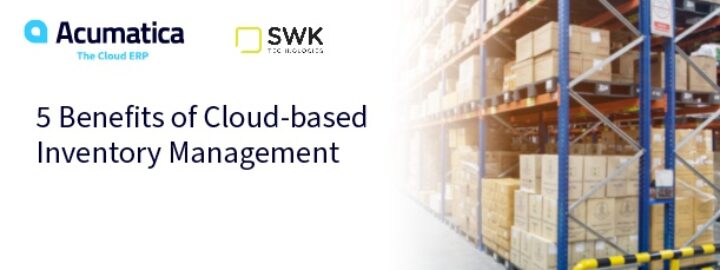
In manufacturing, work order management refers to the process of creating, organizing, and facilitating orders that request production of specific goods.
It can also be referred to as production management.
In some cases, work order management may refer to an order for maintaining equipment, but today, we’ll focus on what work order management (WOM) is in the context of producing goods, including how it works and why an automated WOM system is the way to consistently and successfully complete your work order needs.
What is Work Order Management?
The “work order” in work order management is created after a request for a product or maintenance service has been made. Once accepted, it becomes an order that is submitted to be processed.
Work order management is the systemic handling of work orders—from creation and assignment to tracking and completion—to ensure these tasks are executed effectively and resources are utilized optimally.
Key Components of a Work Order and the Work Order Process
Production work orders are used specifically in manufacturing to control and track the production process, from materials requisition to final product assembly.
There are key components that make up manufacturing work orders, including:
Order/Task Description
For manufacturing work orders, a detailed description of the order or task—along with unique tracking number that connects it to other related information—is provided. This description includes what is to be done and when the order needs to be completed.
Manufacturing work orders supply product specifications, including what is being produced (e.g., name, serial number, configuration, etc.), how much is requested, what materials are to be used, and who will be doing the work. It also includes specialized instructions for each step of production.
Resource Requirements
Within the production work order is a bill of materials or BOM. This crucial document informs team members what materials, components, and equipment are needed so that the product is assembled as requested.
Scheduling Information
It’s a rare business that doesn’t find itself at the mercy of constant changes, unplanned breakdowns, late deliveries, and more that impact schedules. That’s why the work order—which will supply a manufacturing schedule that helps the team meet demand and keep orders flowing while explaining the labor, resource, and quality control requirements—will have built-in flexibility for unexpected situations.
The Work Order Process
1. Work Request Initiation: Requesting a work order begins with the initial formal request. In it, the exact task or product request is noted, as described in the order/task description noted above. A manufacturing work order will include a BOM and labor operations, with costs flowing into inventory and the General Ledger.
2. Approval, Prioritization, and Scheduling: After determining production capacity and inventory availability, the manufacturer will approve the work order. The work orders will be prioritized by due dates, order size, and as is often the case, customer status. From there, a production schedule will be created.
3. Execution of Work: Once the schedule, resources, and inventory are in place and aligned, the work order is executed. Throughout the process, there are checkpoints that need to be met (per the schedule) to ensure the product or products are completed on time and on budget.
4. Completion, Verification, and Documentation: The manufacturing work order is complete once the product has passed verification, which is an assessment of the product or products meeting defined requirements. All documentation, including production records, must also be in order.
Difference Between Purchase Orders and Work Orders
Manufacturing and maintenance work orders should not be confused with purchase orders (POs). POs are used by buyers to purchase items from a seller. When the seller accepts the PO, it’s a legal agreement that informs price, quantity, payment, and delivery information.
Work Order Management Best Practices
To ensure manufacturing work order management is optimized, consider the following strategies:
Standardize Procedures
Standardizing procedures will ensure that the work order management process is consistent and error-free. Standardization is also a way to guarantee quality products and service.
Train Staff Regularly
The importance of training employees regularly can’t be understated. Even with standardized procedures, they can change, and team members must be kept up to date.
Monitor and Analyze Performance
Monitoring and analyzing performance is another critical strategy. Setting key performance indicators (KPIs) and specific metrics will give manufacturers a baseline as well as a measuring stick that will help them determine their next steps.
The Importance of Effective Work Order Management
Though not a complicated process, work order management handled improperly can lead to disjointed, inefficient workflows that can cost you time, money, and energy that could be spent more wisely elsewhere. A streamlined work order management ensures that costs are controlled, resources are allocated properly, and customers are satisfied.
For a manufacturing business to operate at peak performance, it must have specialized processes and procedures in place that keep every department, employee, and resource working efficiently. It must also implement modern business management technology, like Acumatica, to effectively manage those processes and procedures.
Acumatica Manufacturing Edition and Production Management software is a comprehensive manufacturing tool for businesses in today’s digital economy. From creating production orders (manually, from sales orders, or with the materials requirements planning (MRP) module) to multiple manufacturing scheduling options to production performance monitoring and more, manufacturers have the control, visibility, and insights they need to take their business to the next level.
Additional features include:
-
- Critical materials
- Labor tracking
- Backflushing
- Material tracking
- Production order changes
- Production control points
- Lot and serial tracking
- Production dashboards
Real-time tracking, automation, integration, and mobile access make Acumatica the ideal WOM solution, which customer Jim Murray, Fabuwood Finance Controller, discovered for himself.
“Now, I see all the data in real time,” Murray says. “Having a formal bill of material (BOM) and formal routing, we can see what’s happening to all those different products from purchasing all the way through the manual manufacturing cycle day-to-day, minute-to-minute, hour-to-hour.”
He also says, “Things are being scanned in. We’re using barcodes. Transactions are really being processed through a backflush process, so we don’t have 50 people in a room just typing in all this manual data. It’s very, very automated. We’re talking thousands and thousands of transactions per day. I get to see this in real-time. For me, it’s really nice to see this full integration right into the P&L and balance sheet. Now, we’re able to look at the data, start making decisions, improve processes, and drive to the solutions that are expected.”
 Canada (English)
Canada (English)
 Colombia
Colombia
 Caribbean and Puerto Rico
Caribbean and Puerto Rico
 Ecuador
Ecuador
 India
India
 Indonesia
Indonesia
 Ireland
Ireland
 Malaysia
Malaysia
 Mexico
Mexico
 Panama
Panama
 Peru
Peru
 Philippines
Philippines
 Singapore
Singapore
 South Africa
South Africa
 Sri Lanka
Sri Lanka
 Thailand
Thailand
 United Kingdom
United Kingdom
 United States
United States







